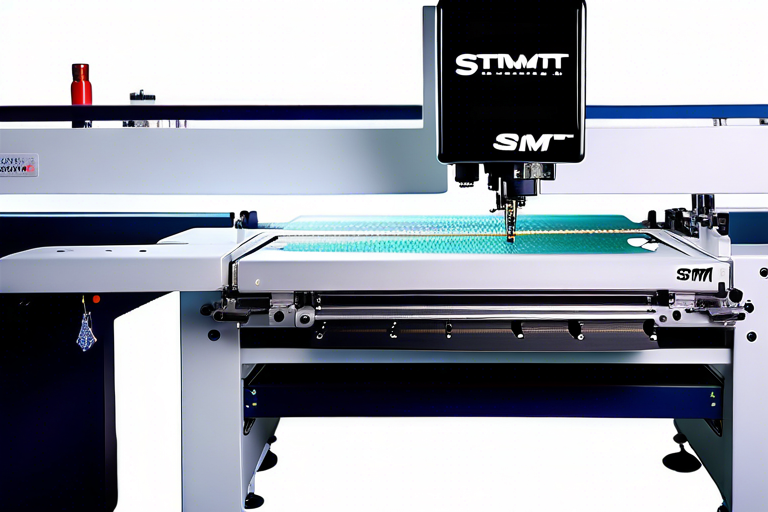In the rapidly evolving world of electronics manufacturing, SMT splicing machines play a pivotal role in streamlining the assembly process. This article delves into the intricacies of SMT stitching machines, their benefits, and how they contribute to the efficiency and precision of surface mount technology (SMT) assembly lines.
Introduction to SMT Splicing Machines
SMT splicing machines, also known as SMT pick-and-place machines, are integral to the surface mount technology (SMT) process. These machines are designed to place electronic components onto a printed circuit board (PCB) with high precision and speed. The term “splicing” in this context refers to the machine’s ability to seamlessly integrate components into the PCB, ensuring a reliable and efficient assembly process.
Key Features of SMT Splicing Machines
One of the primary advantages of SMT splicing machines is their ability to place components with extreme accuracy. These machines use advanced vision systems and algorithms to ensure that components are placed in their designated positions on the PCB without deviation.
SMT splicing machines are designed to work at high speeds, allowing for the rapid assembly of PCBs. This speed, combined with the machine’s precision, results in increased efficiency and reduced production times.
These machines are capable of handling a wide range of component types and sizes, making them versatile tools in any electronics manufacturing facility. Whether it’s small passive components or large integrated circuits, SMT splicing machines can accommodate them all.
Benefits of Using SMT Splicing Machines
The use of SMT splicing machines comes with numerous benefits that contribute to the overall efficiency and quality of the manufacturing process. Some of these benefits include reduced human error, increased throughput, and improved product quality. By automating the component placement process, SMT splicing machines minimize the risk of errors that can occur with manual assembly.
Integration with Other SMT Processes
SMT splicing machines can be integrated with reflow ovens to create a seamless assembly line. Once the components are placed on the PCB, the board can be automatically transferred to the reflow oven for soldering, reducing the need for manual handling and further enhancing efficiency.
Many SMT splicing machines are compatible with automated optical inspection (AOI) systems. These systems can inspect the assembled PCB for defects immediately after the placement process, ensuring that any issues are caught early in the production cycle.
In conclusion, SMT splicing machines are essential for modern electronics manufacturing. They offer precision, efficiency, and versatility, making them a valuable asset in the production of high-quality electronic devices. By understanding the features and benefits of these machines, manufacturers can make informed decisions about incorporating them into their assembly lines.

